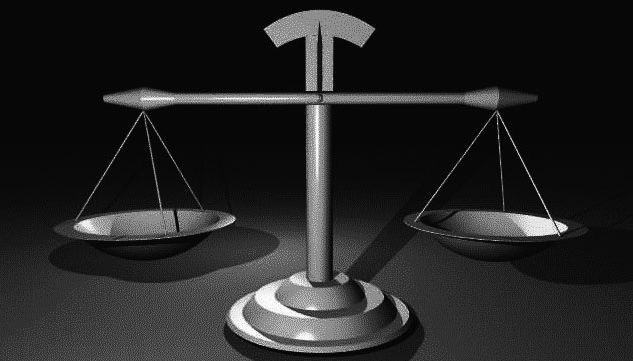Under the Family Law Act in Ontario, married spouses, on separation, must each calculate the amount by which their individual net worth has increased during marriage – literally, a calculation of net worth at the date of separation, less the net worth at the date of marriage (with certain exclusions of property). The resultant amount is called the “net family property” figure or “nfp.” The spouse whose net family property figure is greater, must pay to the other spouse half of the difference: the “equalization payment.” For example, if husband’s net family property figure is $100,000.00 and wife’s is $50,000.00, the husband must make an equalization payment to the wife of $25,000.00 (100,000 – 50,000 = 50,000/2 = 25,000).
In the calculation of the value of an asset, it is the fair market value of the asset – not its original cost and not its replacement cost – that applies.
The Family Law Act is specific in its direction as to the manner of the calculation. A calculation of net worth on the two specific dates – date of marriage and date of separation, not the day before or after – is required.
The scheme applies only to married and not to common law spouses.
The Family Law Act contains a number of special considerations that apply in the calculation of the net family property figure. For example, the value of a matrimonial home owned on both the date of marriage and the date of separation is not deducted (at date of marriage) in calculating the net family property figure. Also excluded from the calculation of the net family property figure are the proceeds of life insurance policies and payments made for pain and suffering in personal injury actions, as long as these proceeds/payments remain distinct, are traceable to a distinct asset at the date of separation, were not paid on the mortgage of a matrimonial home and were never intermingled with other assets jointly owned between the parties (or paid against the joint debts of the parties).
The value of jointly owned property must be reflected accurately in the calculation of net family property to reflect the value of the ownership interest. For instance, a jointly owned matrimonial home (or vehicle or bank account) will require that each of the spouses shows half of the value in calculating nfp .
Special consideration will be required with respect to the valuation of some assets. For instance, the value of a business owned by a spouse may not necessarily be a simple calculation of the value of its assets less its debts. Similarly many pensions require special valuation – for example, Ontario defined benefit pensions must be valued through the pension plan administrator.
The scheme of the legislation – the requirement of an equalization payment – does not require the division of each specific asset and each debt owned by the spouses. The scheme does not affect ownership in any property (subject to the obligation a party may have to access or liquidate assets to make an equalization payment). The scheme is global in its approach, in the sense that all of the spouses’ assets and debt must be considered at once.
The scheme also generally requires that a monetary payment be made to equalize net family properties – the equalization payment. If insufficient funds are available to make the payment, and the circumstances are appropriate, payment can be made in some other manner, such as an RRSP spousal rollover, transfer of the matrimonial home from one spouse to the other or division of a party’s pension at source.
Photo: Vaxzine: Flickr Creative Commons License. Cropped; changed to black and white.

